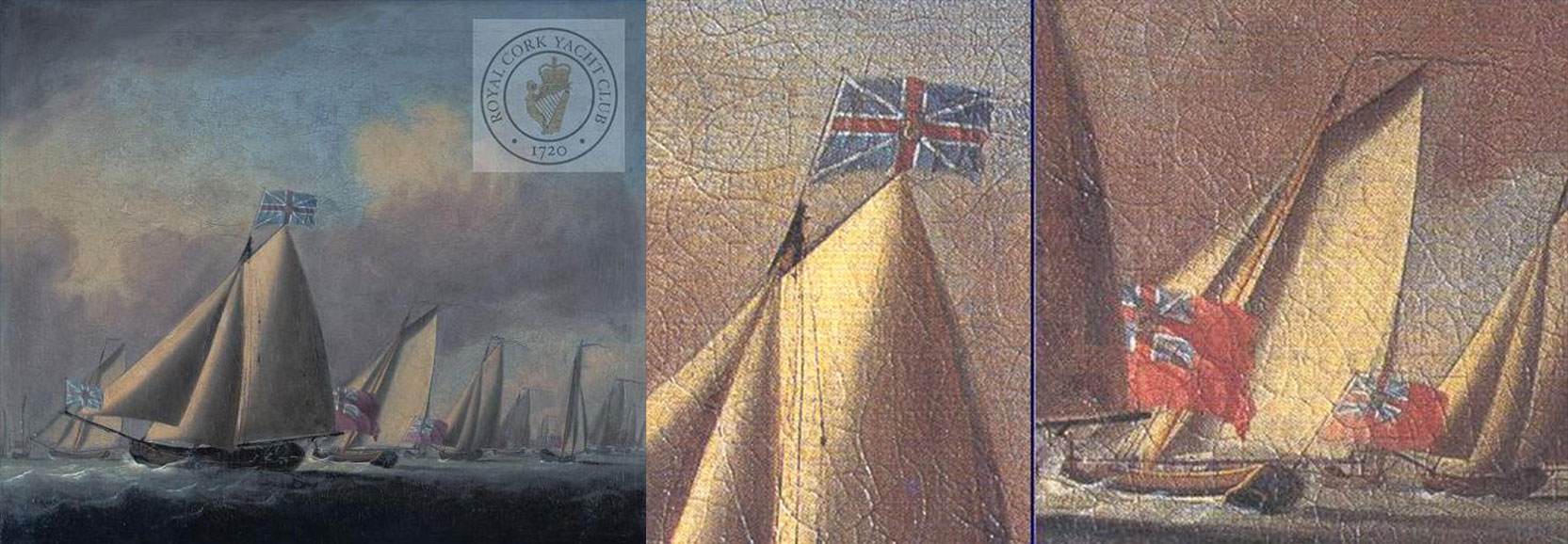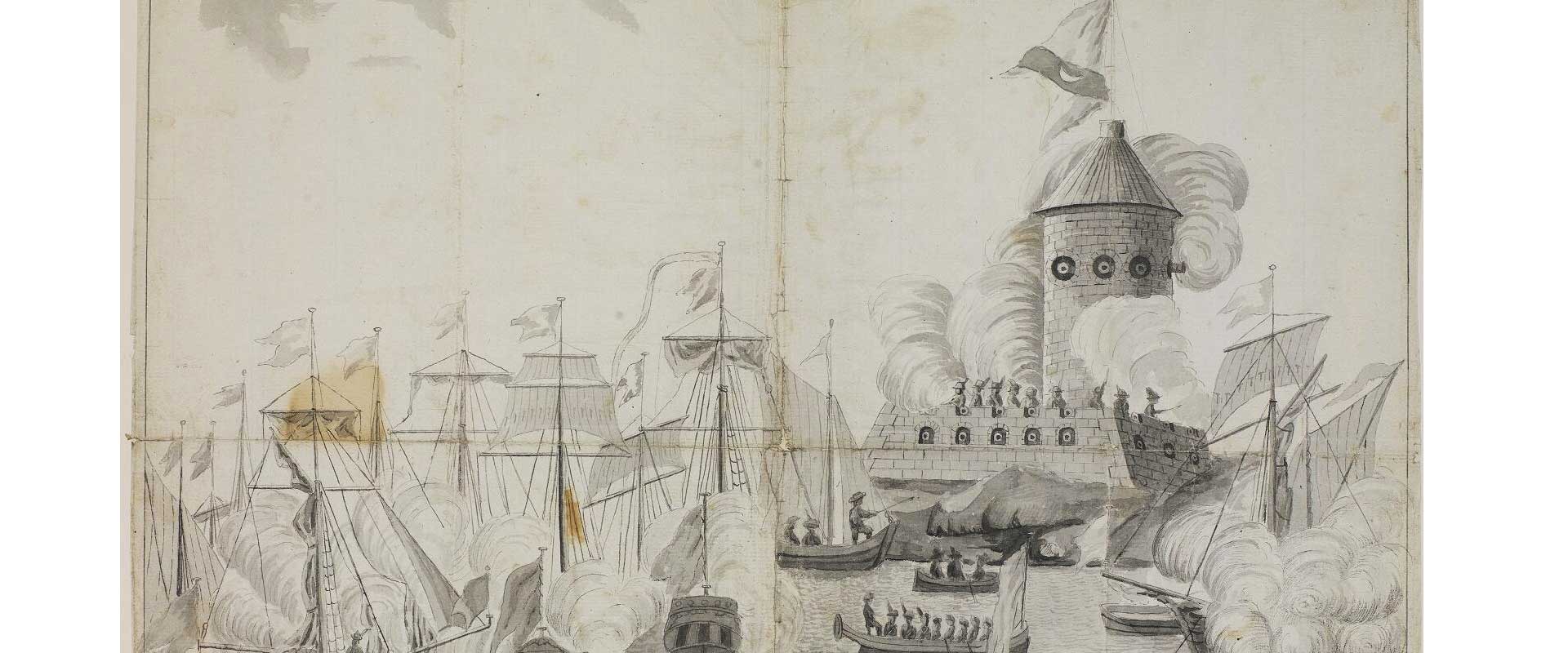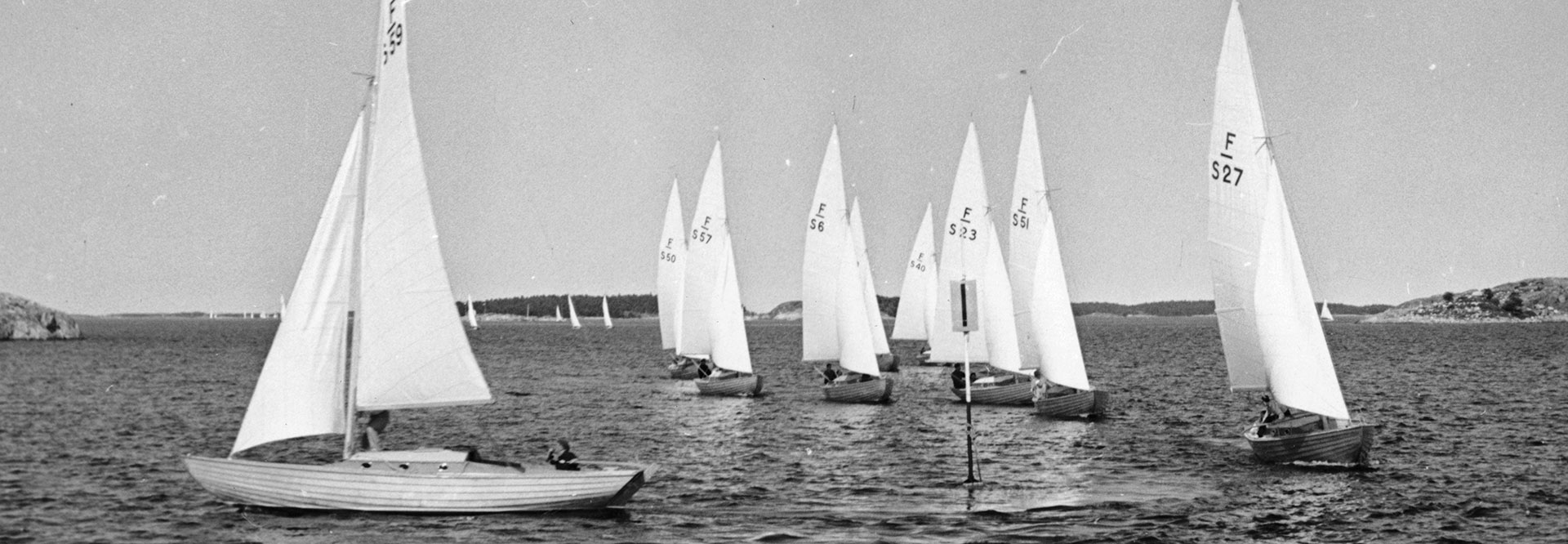1661
Royal regattas on the Thames
"The Merry Monarch", Charles II, King of England, Scotland and Ireland, is a big fan of sailing. In 1661, he is given a small sailing vessel, a yacht, by the Dutch East India Company and begins taking part in sailing competitions on the Thames, together with his brother James. Society's elite soon follow in the king's footsteps and acquire large boats with crews for competition and long-distance sailing.
Charles II is often called the father of recreational sailing, but he actually came into contact with it during his exile in Holland.
Image: Painting by Lieve Verschuier, 1660-1665. Wikimedia, public domain.












